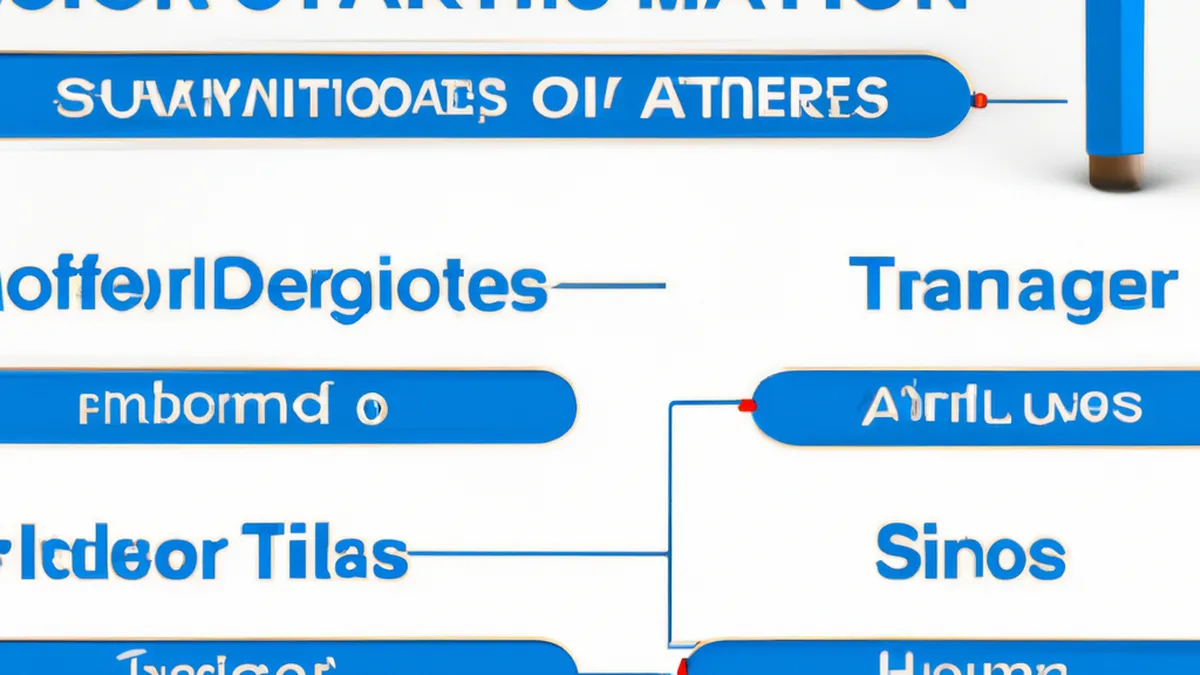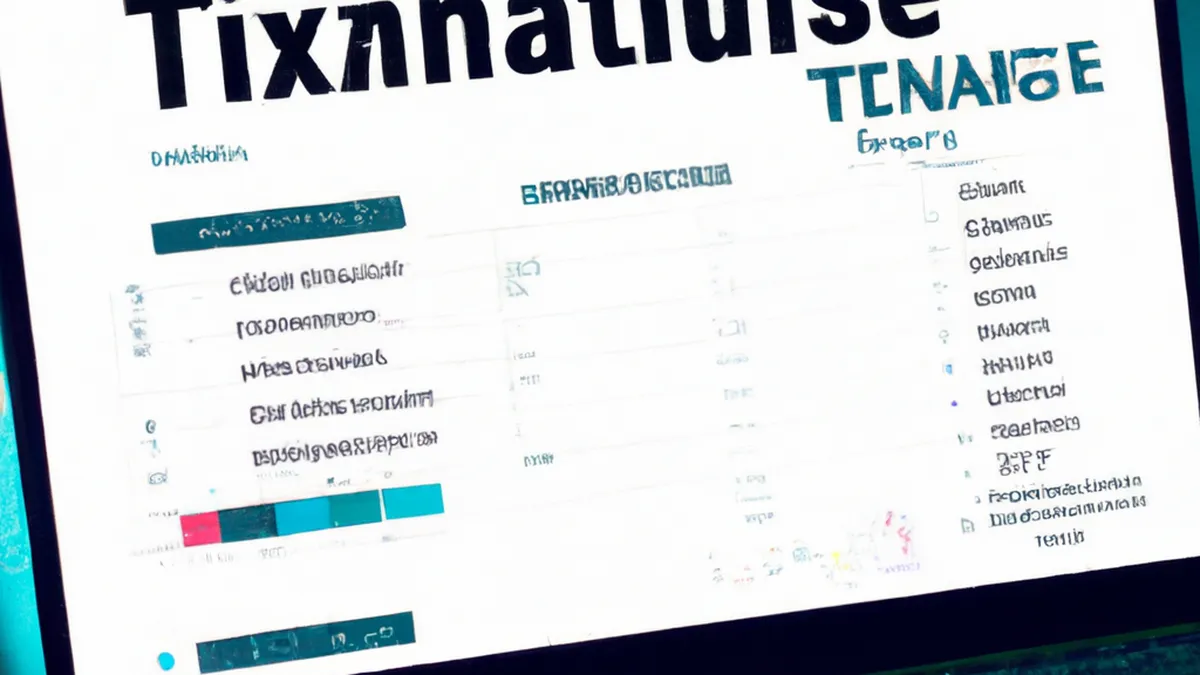Personalize Your Approach to Various Sponsors
Tailoring Your Messaging to Different Sponsor Types
In sponsorship, one size does not fit all. Each sponsor type has unique goals and values. Organizations must tailor their messaging to these differences. Understanding these distinctions allows you to create compelling proposals. This strategy boosts your chances of securing sponsorships and building partnerships. Let’s explore how to tailor your messaging effectively.
Understanding Sponsor Types
Begin by identifying different sponsor types. Typically, sponsors fall into three categories: corporate, non-profit, and media sponsors. Each category has distinct motivations and objectives.
Corporate Sponsors
Corporate sponsors seek brand visibility and recognition. They aim to enhance their brand image and reach target audiences. When addressing corporate sponsors, emphasize data and measurable outcomes. Highlight how their investment boosts brand recognition and customer engagement. Use statistics and case studies to support your claims. This evidence persuades corporate sponsors to see the value in your initiative.
Corporate sponsors also want to align with causes that reflect their values. Research their previous sponsorships and community involvement. Tailoring your proposal to their brand values increases your chances of success.
Non-Profit Sponsors
Non-profit sponsors focus on community impact and social responsibility. They aim to contribute positively to society. Emphasize how their support leads to tangible community changes. Share compelling stories that illustrate potential positive outcomes. Include testimonials from beneficiaries or case studies of successful initiatives. This approach appeals to their values and mission.
Non-profit sponsors may also want to collaborate on projects. Propose joint efforts or co-branded events that amplify both organizations’ missions.
Media Sponsors
Media sponsors prioritize content generation and audience engagement. They want to create buzz and reach wider audiences. Highlight marketing and promotional opportunities from their involvement. Showcase how participation increases exposure through press releases, social media, or event coverage. Provide examples of successful collaborations with other media sponsors.
Media sponsors value creativity and innovation. Propose unique, engaging ideas that capture audience attention and generate interest.
Crafting Your Message
Once you understand different sponsor types, tailor your messaging accordingly.
Conclusion
Tailoring your messaging to sponsor types enhances your proposals and builds stronger partnerships.
Below are related products based on this post:
FAQ
What are the different types of sponsors that organizations should consider?
Sponsors typically fall into three categories: corporate, non-profit, and media sponsors. Each type has unique motivations and objectives that organizations should understand to tailor their messaging effectively.
How should messaging be tailored for corporate sponsors?
When addressing corporate sponsors, it’s important to emphasize data and measurable outcomes that demonstrate how their investment enhances brand visibility and customer engagement. Highlighting their alignment with causes that reflect their values can also increase the chances of securing sponsorships.
What is the focus of non-profit sponsors when considering sponsorship opportunities?
Non-profit sponsors focus on community impact and social responsibility. Organizations should emphasize how their support leads to tangible changes in the community and share compelling stories or testimonials that illustrate potential positive outcomes.















Post Comment